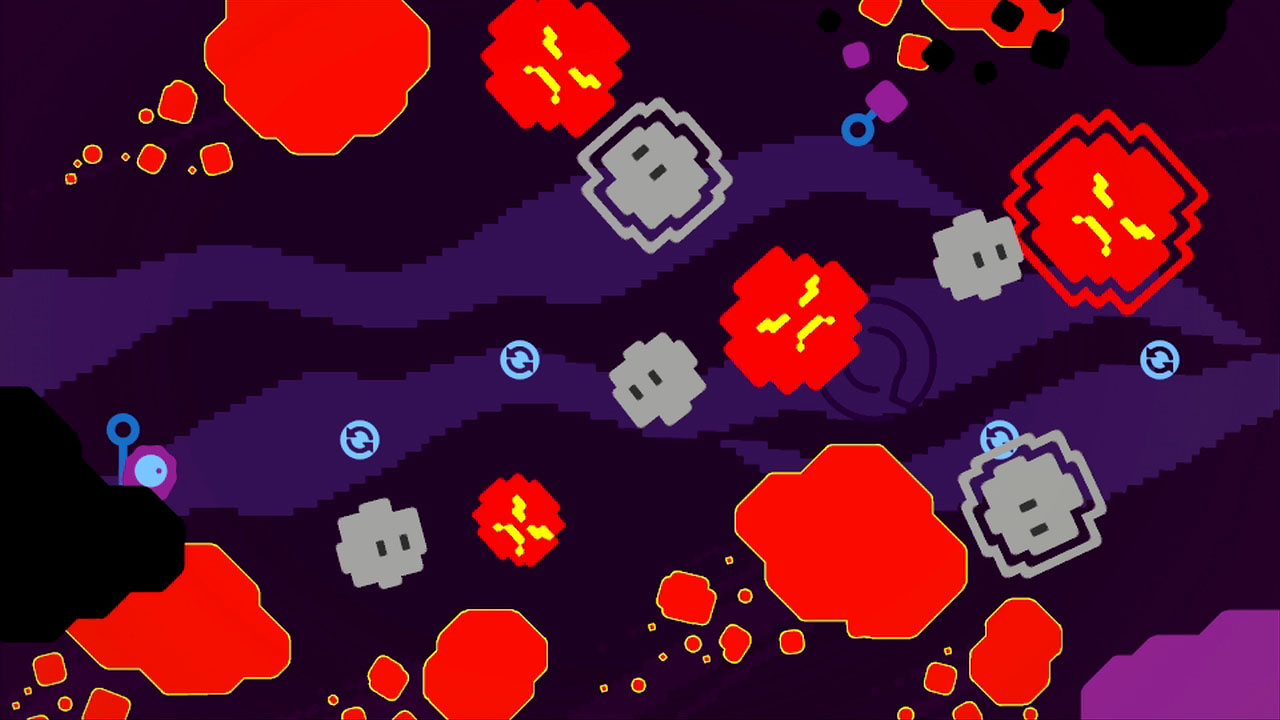A lot of Project Spark previews (based on half hour play sessions) hit the net yesterday. Its clearly a powerful, flexible toolset though some of the previews indicate that the Kinect's motion capture leaves something to be desired. *Shrugs* Still, I expect that the community will come up with some amazing games. If/whenever I get an Xbone this will be one of the first games I play.
http://www.polygon.com/2013/11/6/5055322/project-spark-could-be-the-worlds-first-game-about-acting
"Our game is about you making whatever you want to make," said executive producer Saxs Persson. "It's the perfect application for Kinect, where you go in and you can make your own rendition of Macbeth, or your terrible jokes, or just making obscene gestures while jumping up and down. It's entirely up to you."
Naturally, this being Kinect, it's far from perfect. As Persson says, you won't be able to simulate a complex 3D fighting game in Project Spark. But it is a whole lot better than anything we've seen before.
"We can capture your full body, your face, your hands, your eyebrows, your voice, and apply it to any character in the game," he said. "It works."
--------------------
http://www.gamefront.com/project-spark-preview/
This is where things got really interesting. I was instructed to spawn in some fellow humans, mortal enemies of the goblins. I did so, and then watched from a nearby crag as the two forces did battle. The humans won handily. Time to give the goblins some help.
Help came by literally going into the AI “brains” of the goblins and editing their behavior to make them more powerful. More specifically, it meant designating some goblins as healers, who would protect the others when the going get tough. This required delving into the game’s simple, icon-based programming language, which is a joy to behold. I’m far from a programmer, but even I could follow along as I was being instructed: go into the goblin brain menu, add a line that says (here I’m paraphrasing) “when” “nearby goblin” “has low health” “cast” “healing spell” “on nearby goblin.” Each of these phrases was represented by a chunky, recognizable icon. Compared to lines and lines of code, it’s elegant, colorful, and easy to tell at a glance what everything refers to. So easy, in fact, that a child could use it. Again, more on this later.
------------
http://www.gamespot.com/articles/project-spark-an-ocean-of-possibilities/1100-6415848/
Using the Kinect camera, I could record my own pose and voice-over and then assign the resulting animations to my healer. After I saved my animation, I assigned it to my healer so that he would perform my handmade animation every time he mended my wounds. This sounded like a good idea, but in actuality, it looked pretty awkward, and the Kinect didn't respond to any physical subtleties. At least my healer did what he was supposed to do, following me around and giving me a boost when I needed it. I also tweaked the teams, so that goblins would be on one team and fighters on the other, and then stood back to watch them fight each other while I marveled at my own ingenuity.
Here's a link to an interesting interview which predates the press event.
http://www.gamesindustry.biz/articles/2013-11-04-sparking-a-generation-of-game-designers
"I think one key factor is that [those] all are titles that deliver a game first and editing tools second," Hannibal said. "They all ship with a lot of pre-made levels within the genre they focus on, and they prioritize playing before creating, and as a consequence, a very low percentage of users really create. I think we are different because for us, creation is the core of our experience. We try to make creating fun and not intimidating, and we make it possible to engage yourself at the depth you desire, so it's not a 'one-size-fits-all' design."
When Hannibal says Project Spark is a set of editing tools first and a game second, it can be taken quite literally. The project has its roots in the Kodu Game Lab, a Microsoft game creation tool released on Xbox Live Indie Games in 2009. The $5 program let players create simple 3D games where they could use simple "if-then" statements to wire up AI behaviors with the help of cute pictures. But Hannibal said where Kodu was a small project bootstrapped by a handful of people, Project Spark is taking the idea and putting a proper team and the full weight of Microsoft behind it.

Log in to comment